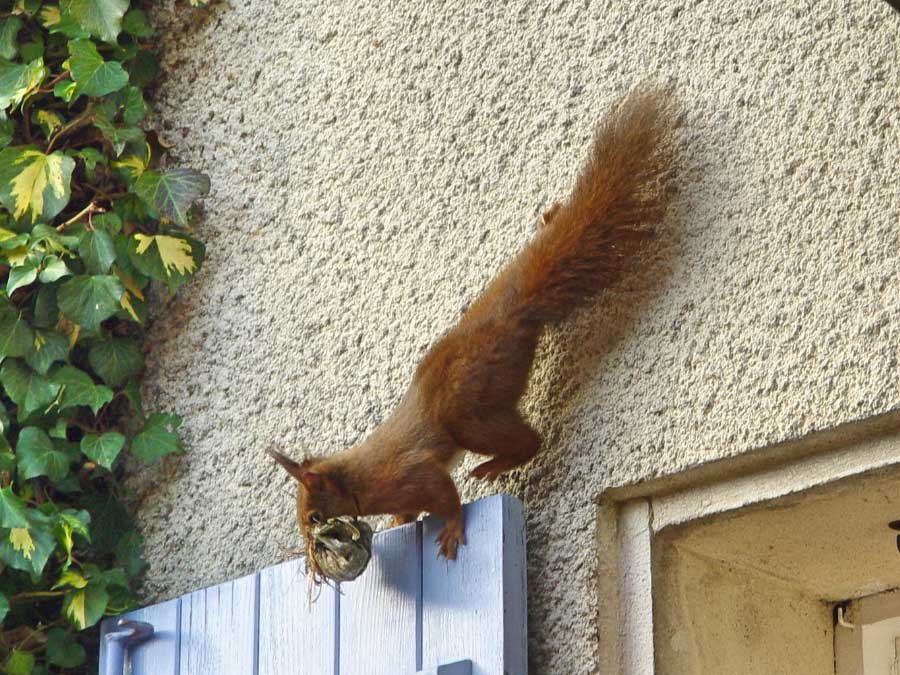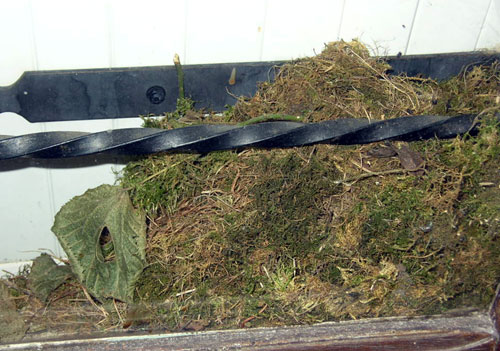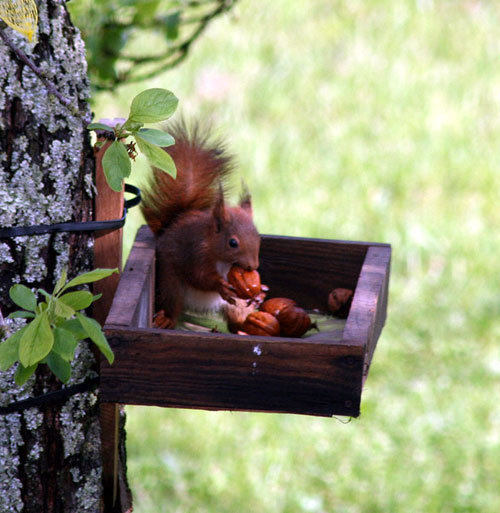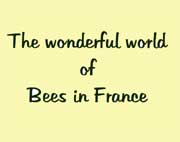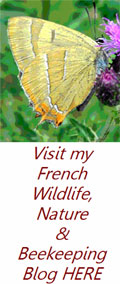Red Squirrel
Sciurus vulgaris
Ecureuil Roux
Although they are named Red squirrels that can be a bit misleading as their colour can vary from virtually black, though all shades of brown, red, and grey. In some cases this will depend on the time of year, in other instances they can maintain a dark coat all the time. In most cases their summer coat is red and their winter coat is predominantly grey. In all cases the colour of the underside is a creamy white. They moult or shed their coat twice a year in the transition from winter to spring and in the transition from autumn to winter, when in addition to putting on a thicker coat their ear tufts become much longer and clearly pronounced. Their eyes are large, dark and protuberant, giving them an excellent sense of vision, although they do not see in colour. Hind legs are longer than their forelegs and they have long claws with double-jointed ankles, making them very agile and well-adapted to their arboreal lifestyle. They are also able to squat on their haunches, freeing up their well-articulated front paws to hold and manoeuvre nuts and seeds. Adults weigh between 200 and 400grms, total length is from 36 to 45cms including their tail of 16 to 20cms which is as long as their body.
Habitat and diet.
They are found throughout France where there are woodlands or scattered copses, in parks and gardens, even in town centres and although they may have some preference for coniferous trees in some regions they are just as likely to be found where coniferous trees are totally absent.
Their nest or drey which is constructed using leaves and moss can be made in the branches of a tree, a hollow tree, an old woodpecker nest and occasionally in roof spaces. One drey that I observed, (see photo), was made between a 2nd floor window and the closed shutters of a holiday home where there was a gap just large enough to allow access, the squirrel climbed with ease the vertical rendered surface of the exterior wall using its very sharp curved claws! A squirrel will frequently use more than one drey and it’s not uncommon in winter to find several sharing the same drey or dreys. As is the case with most French mammals they do not hibernate.
Red Squirrels will eat most fruits, berries, nuts and tree seeds except acorns. Nuts and seeds which are not eaten straight away are cached under the soil surface for later retrieval, particularly during winter and while these are being carried in the squirrel's mouth, chemicals from scent glands in its cheeks are transferred to the food, and these act as markers which help the squirrel relocate its hoarded supplies. They will also eat snails and insects. The red squirrel's senses of smell, hearing and touch are also well-developed. They have long, sensitive whiskers on their muzzles which they use together with special hairs on their feet and at the base of their tails to aid their movement through the trees. They can be easily encouraged to take from a feeding station and will often frequent bird tables.
Breeding and reproduction
Mating usually takes place around February / March and can also be in June / July, when one or more males will chase a female, making spectacular leaps through the forest canopy and spiralling up and down the trunks of trees. After mating, pregnancy lasts for 38 days and the young, or kittens, are born naked, blind and deaf. They weigh just 8 to 12grms at birth and there are normally 3 or 4 kittens in each litter. The female cares for her young alone and the kittens gain their body hair after 3 weeks, their eyes open after about 30 days. At around 7 weeks the young are able to leave their nest and eat solid food but they continue to take milk from their mother for a few more weeks. They gain their adult coats at 3-4 months, by which time they are fully independent.
Lifespan
Natural lifespan is 8 to 12 years although mortality rates are quite high at about 50% over the course of a year, principally the victims are young in their first year of life. This would normally be considered as natural selection but increasingly there are deaths caused by pollution, traffic collisions, and the felling of trees. All of which are a result of human activity.
Natural predators include pine martens (Martes martes), which is the only mammal able to chase and catch them in the trees and goshawks (Accipiter gentilis) will take them on the ground.
Photo above of rescued baby Red squirrels of varying ages at CSFSB, Photo courtesy of Lydia Bordeau and Pierre Mercier.
